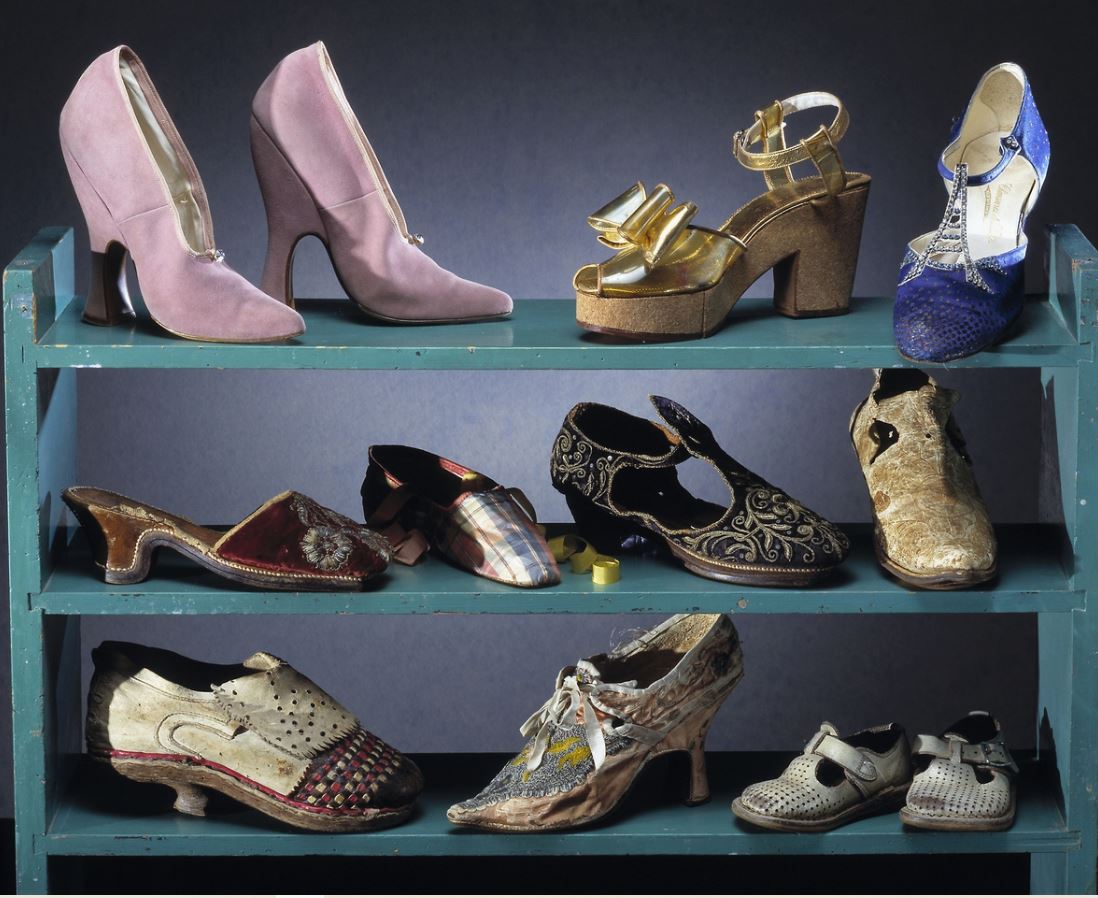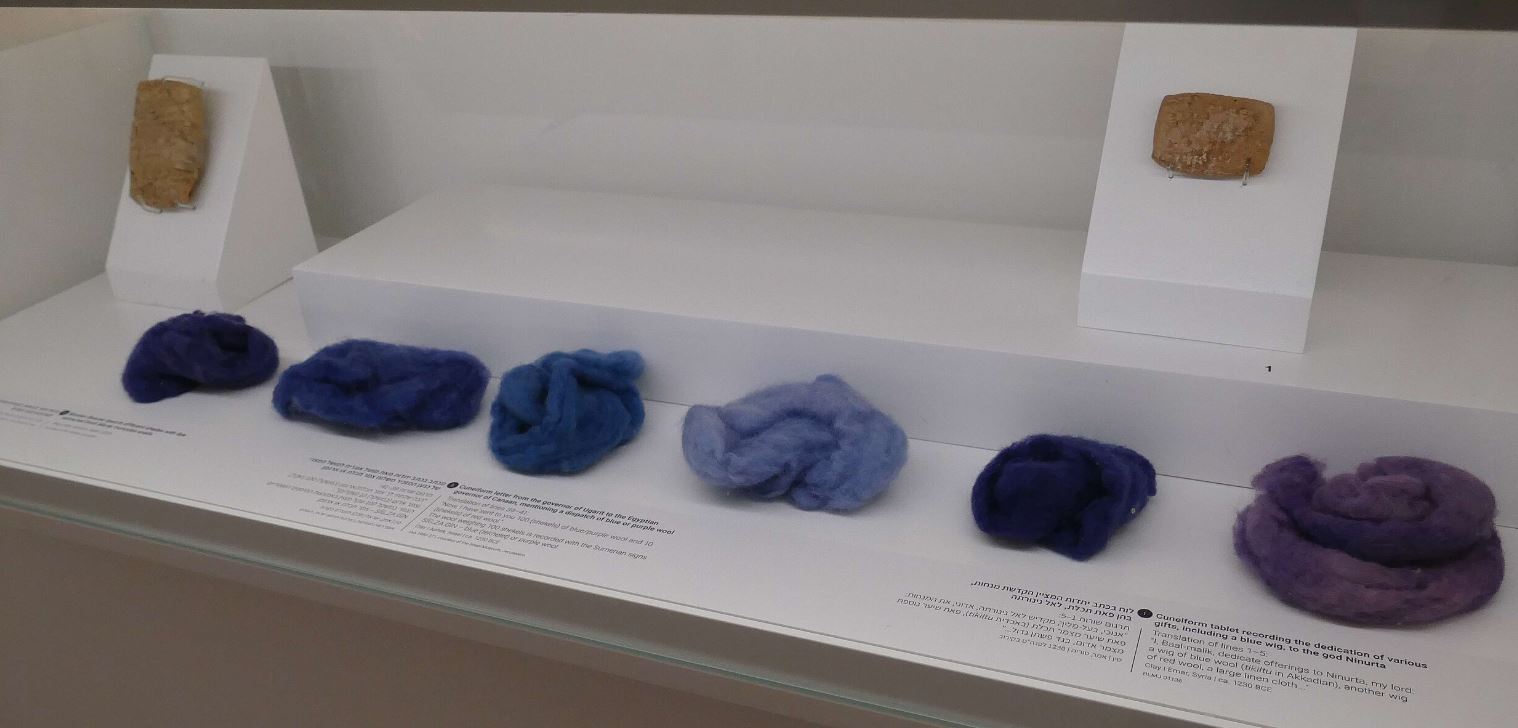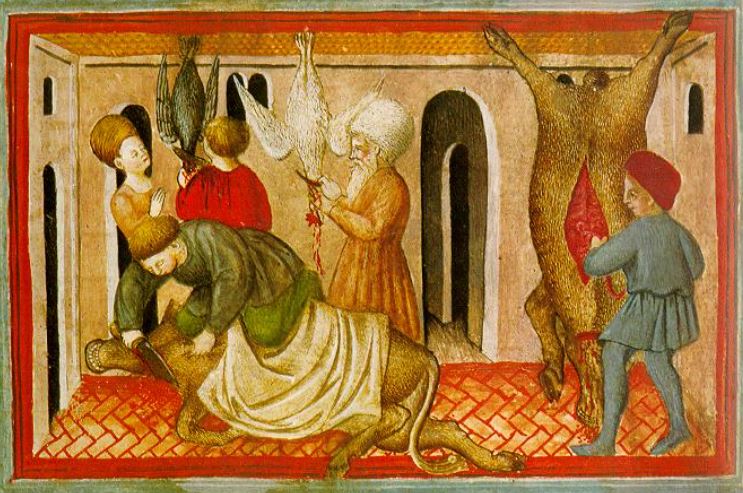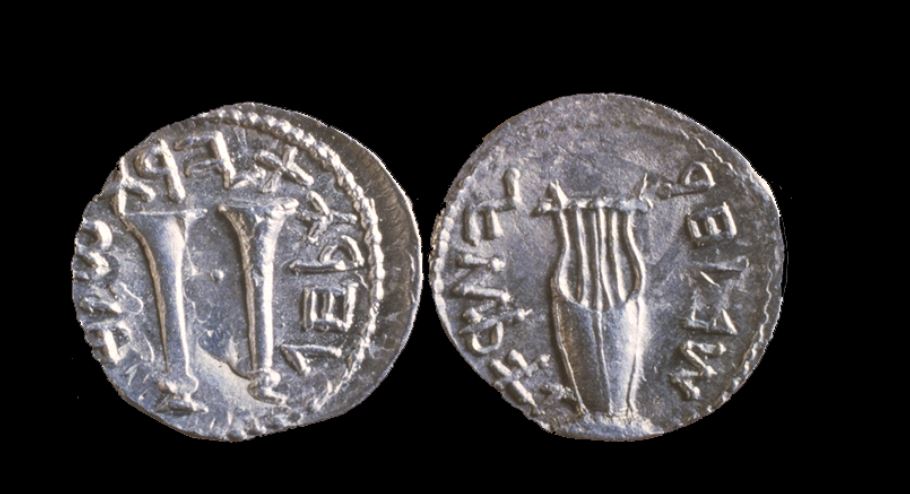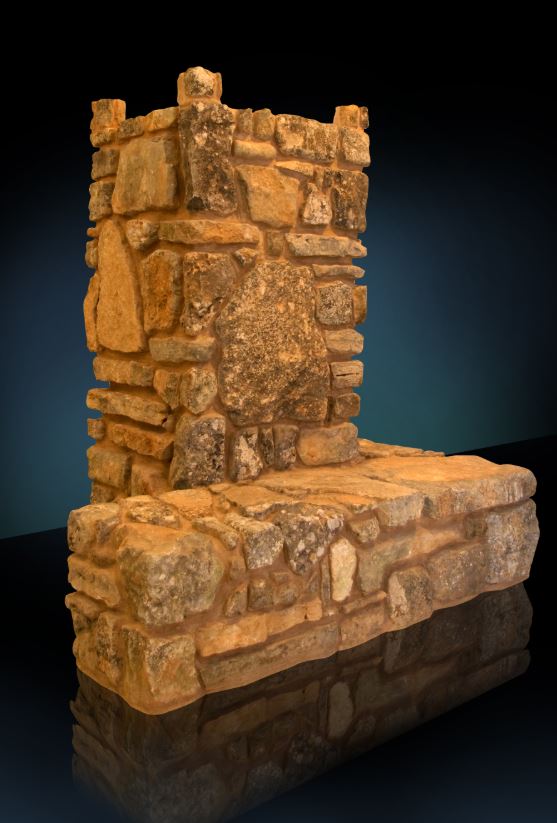Do dogs eat meat? The answer is obviously yes, but for the Gemara, it helps to add a prooftext:
“Rabbi Yannai says: If one had intent that dogs would eat the offering the next day, it is rendered piggul, as it is written: “And the dogs shall eat Jezebel in the portion of Jezreel” (II Kings 9:10).” (Zevachim 31a)
Rashi explains that the text shows us that if dogs eat something, it is considered eating for the purpose of piggul. But who is Jezebel איזבל and why does she merit such a horrific fate?
Most of the consorts of the kings of Israel and Judah barely get a mention in the Bible. But Jezebel, wife of Ahab king of Israel in the time of Elijah the prophet has more than one story devoted to her. She is Elijah’s nemesis, perhaps even more so than her husband, who is portrayed as the weaker one in the relationship. Jezebel, Izebel in Hebrew, was a princess from Sidon, one of the Phoenician trade centers. Her marriage to Ahab served to cement regional ties and help make the Kingdom of Israel an economic powerhouse:
“Not content to follow the sins of Jeroboam son of Nebat, he took as wife Jezebel daughter of King Ethbaal of the Phoenicians, and he went and served Baal and worshipped him.” (Kings I 16:31)
However, the prize brought a price. The national religion of the Phoenicians, who were really Canaanites (see here) was the Baal. While Baal worship had certainly existed in Israel (and Judah) before Izebel showed up, she encouraged it and made it a state sponsored affair. Ahab built a temple to the Baal and Jezebel supported the prophets of Baal and Asherah (Kings I 18:19). She also persecuted the prophets of God, who are saved by Obadiah:
“My lord has surely been told what I did when Jezebel was killing the prophets of God, how I hid a hundred of the prophets of God, fifty to a cave, and provided them with food and drink” (Kings I 18:13)
When Elijah defeats the Baal worshippers at Mount Carmel, she puts a contract on his head and he is forced to flee (Kings I 19:2). Her crowning offense is in the story of Navot’s vineyard (see here). Here she shows the Israelite king what it means to come from an autocratic kingdom like Sidon where the only law is the king’s and there is no Judge above him:
“His wife Jezebel said to him, Now is the time to show yourself king over Israel. Rise and eat something, and be cheerful; I will get the vineyard of Naboth the Jezreelite for you” (Kings I 21:7)
Izebel’s death is no less dramatic than her life. When Yehu is sent by Elisha to wipe out the line of Ahab, he is given special instructions about Izebel:
“The dogs shall devour Jezebel in the field of Jezreel, with none to bury her.” (Kings II 9:10)
The scene plays out as one would imagine: the proud queen chooses to go to her death with dignity, taunting her oppressor. He has her thrown out the window where the dogs eat parts of her body, until the remains are buried.
The Bible blames much of the Baal worship on her, although clearly it continues after her death and had existed before she arrived. Even her name (may) be connected: some suggest that it’s origin was the word zvul, high or important (like the term used for the Temple, Bet Zvul), and another name for the Baal. The Bible turned it into zevel, garbage. She is portrayed as the instigator of the idolatry in Ahab’s kingdom:
“Indeed, there never was anyone like Ahab, who committed himself to doing what was displeasing to GOD, at the instigation of his wife Jezebel” (Kings I 21:25)
The Rabbis continued this trend:
“Every day she would weigh gold shekels [equal to Ahab’s weight] for idol worship.” (Sanhedrin 102b)
However, there is a fascinating postscript to their condemnation. Izebel, the classic evil woman, is shown by the Rabbis to have a soft side. She mourns for the dead and celebrates brides and grooms:
“Whence do we learn (the duty of) showing loving-kindness to mourners? From Jezebel, the daughter of Ethbaal. The palace of Jezebel, daughter of Ethbaal, was near the market-place. When any corpse was carried through the market-place, she would go forth from her palace, and she clapped with the palms of her hands and praised with her mouth, and she followed the corpse ten steps. And when a groom would pass in the market she would go forth from her palace, and she clapped with the palms of her hands and praised with her mouth, and she followed the groom ten steps.. Concerning her, Elijah, be he remembered for good, prophesied (and said): “In the portion of Jezreel shall the dogs eat the flesh of Jezebel” (2 Kings 9:36). But over the limbs which were (employed in) showing loving-kindness, the dogs had no power, as it is said, “And they went || to bury her: but they found no more of her than the skull, and the feet, and the palms of her hands” (2 Kings 9:35).” (Pirkei deRabbi Eliezer 17:5)
The Midrash takes the gruesome reality of a mutilated body and transforms it into praise. Izebel gets her just desserts, both in punishment and in reward.
Do we have any physical evidence for this iconic queen? In 1964 archaeologist Nahman Avigad examined a seal that was on the antiquities market (today it is in the Israel Museum). The seal is packed with imagery, both Phoenecian and Egyptian. There is a sphinx with a woman’s head and a double tail, holding an ankh, the Egyptian symbol of life. Below that is a solar disk with wings, common in Egypt and in ancient Israel, a hawk and two uraeus snake headdresses. Between all these pictures, someone inserted the ancient Hebrew letters יזבל a form of Izebel (perhaps). Could this be the queen’s seal? We have no proof but the name is unusual, as is a seal for a woman, something that indicates she was powerful.
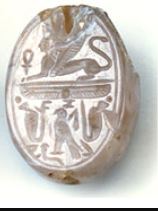
RigOLuche CC BY-SA 3.0 <http://creativecommons.org/licenses/by-sa/3.0/>, via Wikimedia Commons
The other artifacts we have from Izebel’s story are connected to her death scene. She famously puts on makeup, does her hair, and waits at the window:
“When Jezebel heard of it, she painted her eyes with kohl and dressed her hair, and she looked out of the window” (Kings II 9:30)
Makeup was known throughout the ancient Near East and we have versions of mascara, eyeshadow, compacts and mirrors from this time period. A woman waiting at the window was a classic trope, both in the Bible and in art. Women often were in the home (although probably not Izebel) but they wanted to see what was happening in the world. They would wait at the window like Sisera’s mother (Shoftim 5:28) and Michal, David’s wife (Samuel II 6:16) We have images of women at the window like this well-known Phoenecian ivory carving:
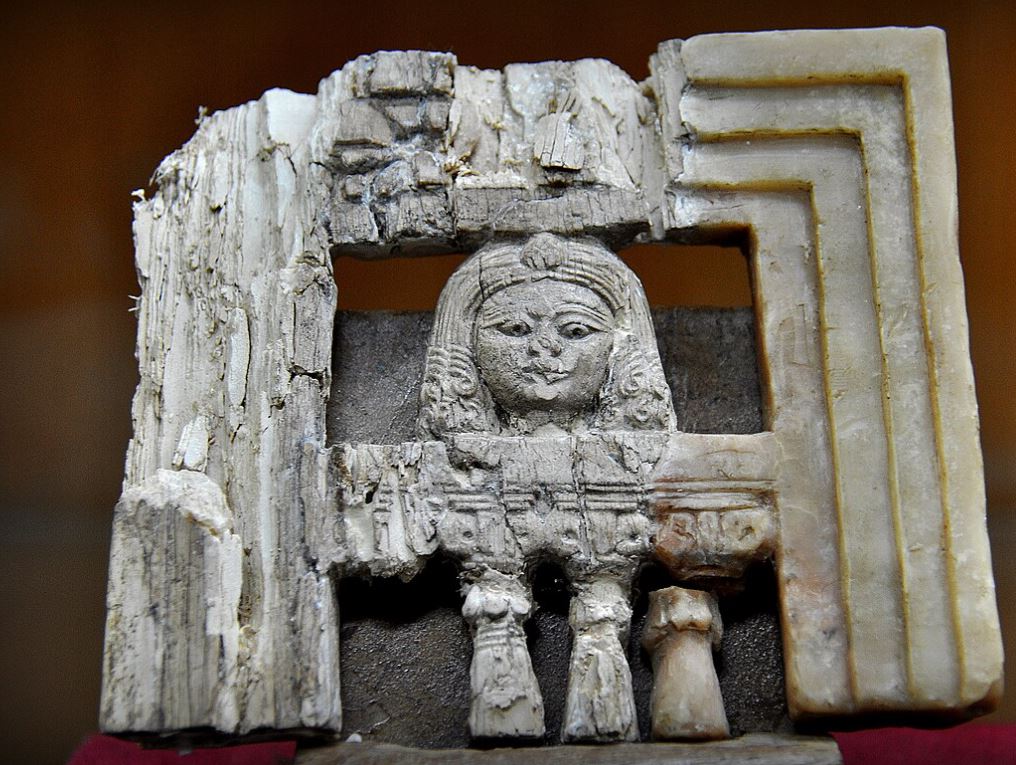
Osama Shukir Muhammed Amin via Wikimedia Commons
Could Izebel have looked like the woman portrayed above?


